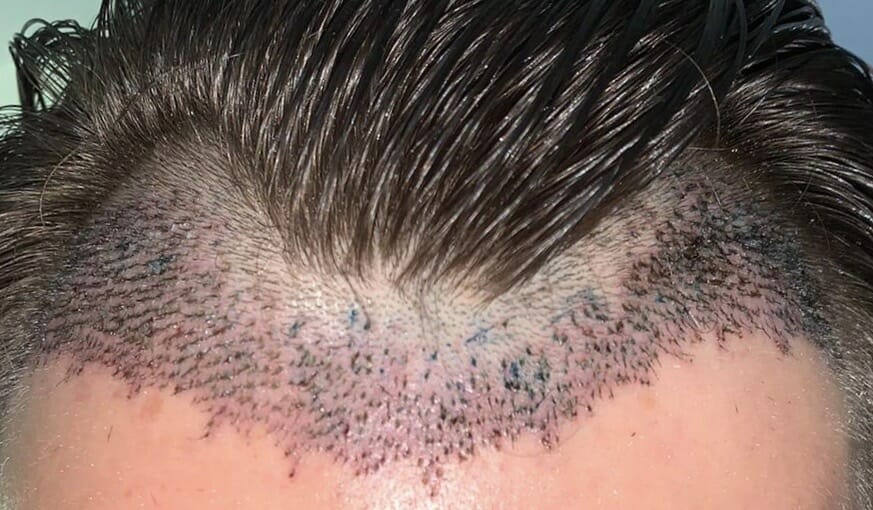Bharat Bhise Shares Everything You Need to Know About Hair Transplant Surgery

Introduction
According to Bharat Bhise, hair transplant surgery has come a long way since its early days. However, there are still side effects and risks that come with this medical procedure. That’s why you need to make yourself aware of it before choosing this option. Let’s check out everything you need to know about hair transplants.
The Details
1. Transplant procedures – There are mainly two types of hair transplant procedures – FUE (Follicular Unit Extension) and FUT (Follicular Unit Transplantation) and both of them start showing results within 3 to 6 months. With the FUE procedure, hair follicles are extracted from the sides and back of the scalp and each hair follicle is grafted individually with a micro-punch tool. With each extraction, a tiny scar is left behind. The scars may look like tiny white dots after they heal completely.
On the other hand, with the FUT process, a strip of the scalp is surgically removed, usually from the back. After that, the hair strip is sutured together, and the hair follicle grafts are removed from the strip and grafted on the recipient areas of the scalp. In this process, a long scar remains on the donor area.
2. Scar removal – With both processes, the patient is left with varying levels of scarring. As you get older, the scalp may start to sag naturally and make the scars more visible. Medication can be used for reducing scar tissue. However, that’s not viable for all cases. Moreover, drafting healthy skin over the scarred tissue may not be viable for everyone since scarred tissue doesn’t hold on to grafted skin very well.
3. Concealing scars – Concealing scars is a better option than trying to heal them. For instance, hair can be grown over the scarred tissue to conceal it and has a better rate of success. However, raised and thicker scars like keloids are more difficult to hide. Apart from trying to grow hair over the scarred area, you can also try to conceal it with scalp micro pigmentation. You basically get a medical hairline tattoo that gives you the look of thicker hair.
There’s also Tricopigmentation that’s a temporary form of scalp micro pigmentation with the use of semi-permanent ink. In both types of inking procedures, it may take anywhere from a few months to years, depending on the clinic. Finally, there’s the laser treatment. Laser treatment is often used with some kind of scalp pigmentation.
The laser removes damaged skin on the surface of the scar and also stimulates collagen production. This helps to heal the skin’s dermis layer, rejuvenates the skin’s elasticity, and improves the overall look of the skin. Even with this process, the success rate varies among patients.
Conclusion
Bharat Bhise suggests that you do more research into this topic and talk to your surgeon before going through the procedure. It’s also important to understand that hair transplant surgeries are generally not covered by health insurance companies since it’s considered a cosmetic procedure.
